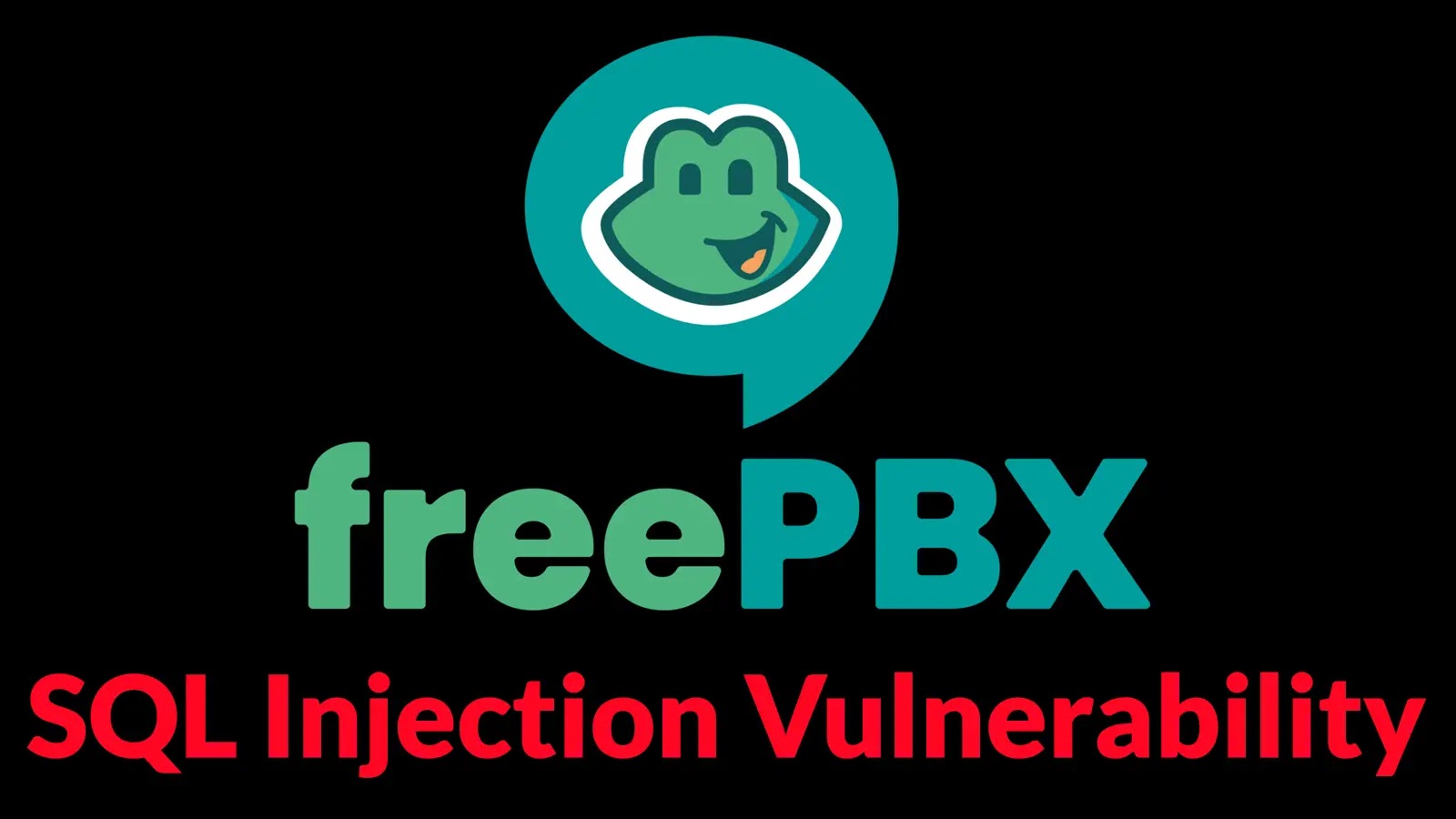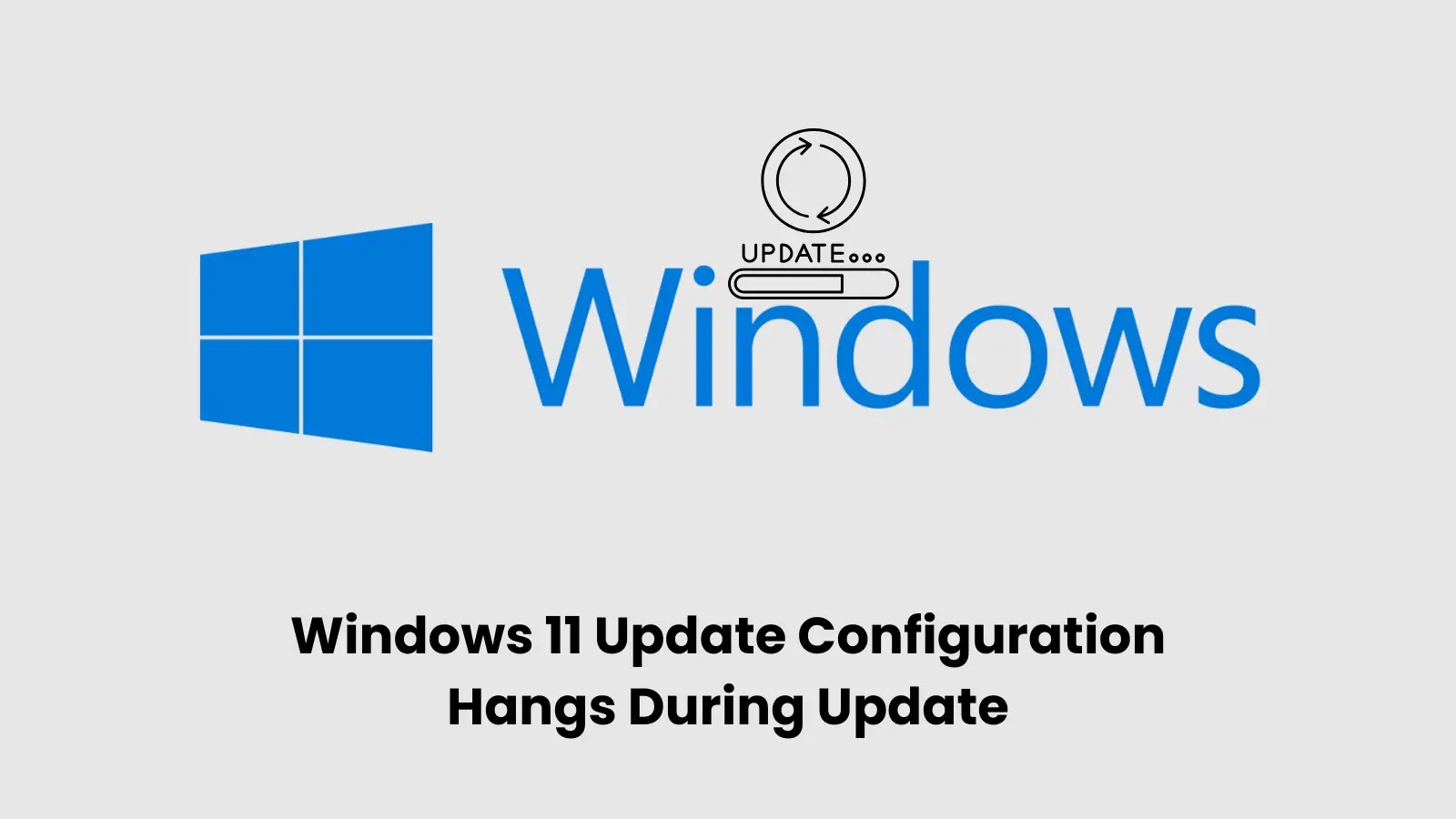As artificial intelligence (AI) systems, particularly large language models (LLMs), become increasingly integrated into enterprise operations, they face sophisticated security threats. One such threat is indirect prompt injection attacks, where malicious instructions are embedded within external data sources, leading AI systems to execute unintended actions. Recognizing the severity of this issue, Microsoft has developed a multi-layered defense strategy to safeguard its AI applications.
Understanding Indirect Prompt Injection Attacks
Indirect prompt injection attacks exploit the way LLMs process and interpret input data. Unlike direct prompt injections, where attackers input malicious commands directly, indirect attacks involve embedding harmful instructions within external content such as emails, documents, or web pages. When an AI system processes this content, it may inadvertently execute the embedded commands, leading to data exfiltration, unauthorized actions, or other security breaches.
Microsoft’s Multi-Layered Defense Strategy
To address the challenges posed by indirect prompt injection attacks, Microsoft has implemented a comprehensive defense-in-depth approach that encompasses prevention, detection, and mitigation measures.
1. Preventative Techniques
Microsoft employs several preventative measures to fortify its AI systems against indirect prompt injections:
– Hardened System Prompts: By refining and securing the prompts that guide LLM behavior, Microsoft reduces the likelihood of the models misinterpreting malicious inputs as legitimate instructions.
– Spotlighting: This innovative technique helps LLMs distinguish between trusted user inputs and untrusted external content. Spotlighting operates in three modes:
– Delimiting: Utilizes unique text delimiters (e.g., << {{text}} >>) to clearly separate different input sources.
– Datamarking: Inserts special characters (e.g., ˆ) between words to signal untrusted content.
– Encoding: Transforms untrusted text using algorithms like base64 or ROT13, making it less likely for the LLM to interpret it as a command.
2. Detection Tools
To identify and respond to potential prompt injection attacks, Microsoft has developed robust detection mechanisms:
– Microsoft Prompt Shields: This probabilistic classifier-based system detects prompt injection attempts across multiple languages. Integrated with Defender for Cloud, it provides enterprise-wide visibility into AI-related security incidents, allowing security teams to monitor and correlate threats through the Defender XDR portal.
– TaskTracker: A novel detection technique that analyzes internal LLM states during inference, rather than relying solely on textual inputs and outputs. This approach enhances the ability to detect subtle prompt injection attempts that might otherwise go unnoticed.
3. Impact Mitigation
In addition to prevention and detection, Microsoft has implemented measures to mitigate the potential impacts of successful prompt injection attacks:
– Deterministic Blocking: Microsoft employs blocking mechanisms against known data exfiltration methods, such as HTML image injection and malicious link generation, to prevent unauthorized data access.
– Data Governance Controls: Through integration with sensitivity labels and Microsoft Purview Data Loss Protection policies, Microsoft ensures that data access and sharing are governed by strict policies, reducing the risk of data leaks.
– Human-in-the-Loop (HitL) Patterns: For actions that carry potential risks, Microsoft requires explicit user consent. For example, in Copilot for Outlook’s Draft with Copilot feature, users must approve certain actions before they are executed, adding an additional layer of security.
Ongoing Research and Community Engagement
Microsoft’s commitment to AI security extends beyond current implementations. The company actively engages in research and community initiatives to stay ahead of emerging threats:
– Adaptive Prompt Injection Challenge (LLMail-Inject): Microsoft conducted this public challenge, attracting over 800 participants and generating a dataset of more than 370,000 prompts. The insights gained from this initiative contribute to the development of more robust defense mechanisms.
– Collaboration with Industry Partners: By working closely with other technology leaders and security researchers, Microsoft aims to share knowledge and develop standardized approaches to AI security challenges.
Conclusion
As AI systems become more integral to enterprise operations, the importance of securing them against sophisticated attacks like indirect prompt injections cannot be overstated. Microsoft’s comprehensive, multi-layered defense strategy exemplifies a proactive approach to AI security, combining prevention, detection, and mitigation measures to protect against current and emerging threats. Through ongoing research and collaboration, Microsoft continues to lead the way in safeguarding AI applications, ensuring they operate securely and effectively in an increasingly complex digital landscape.



